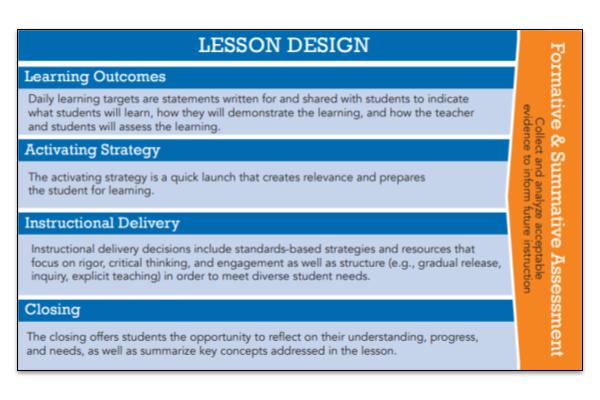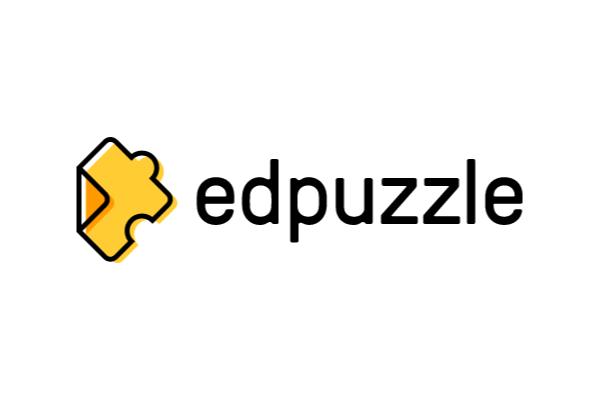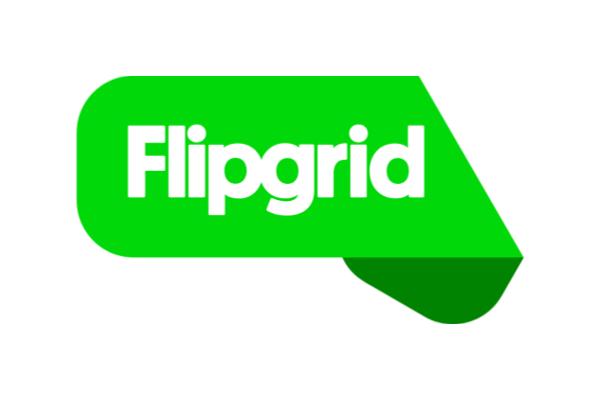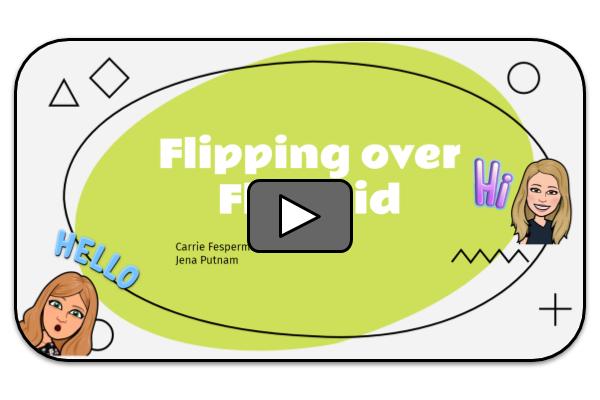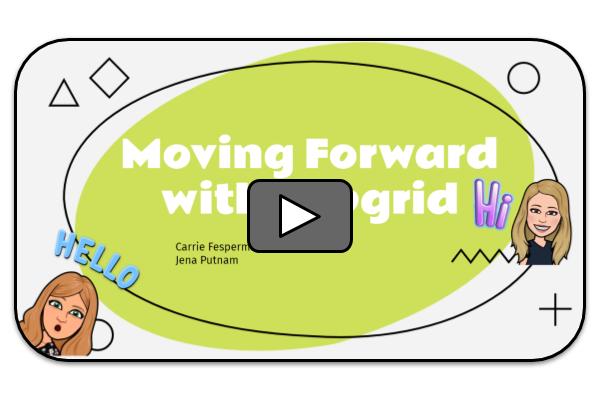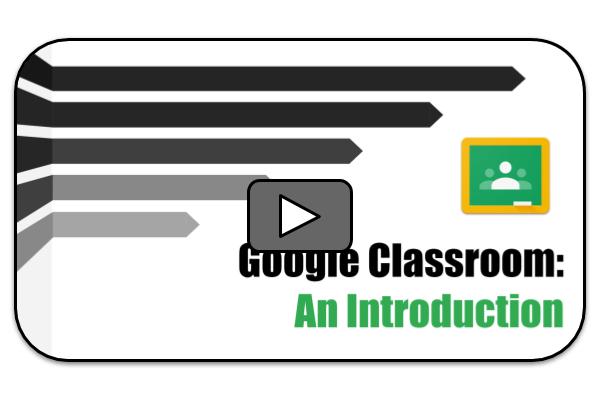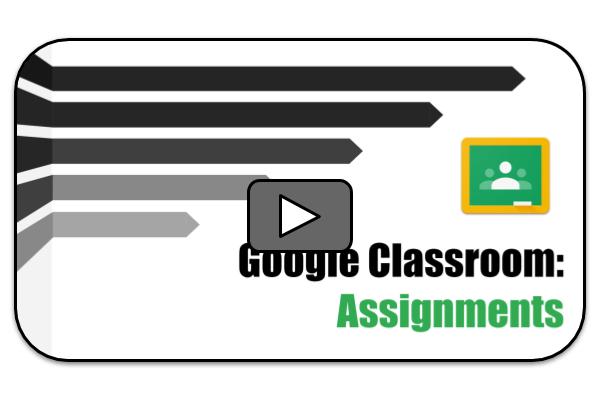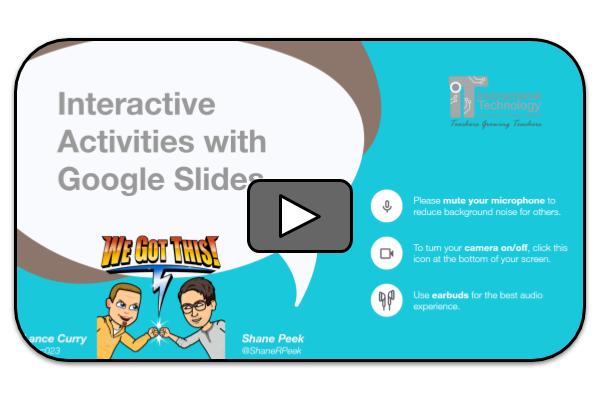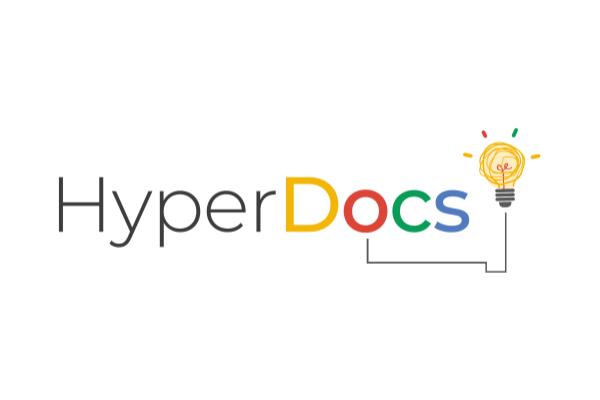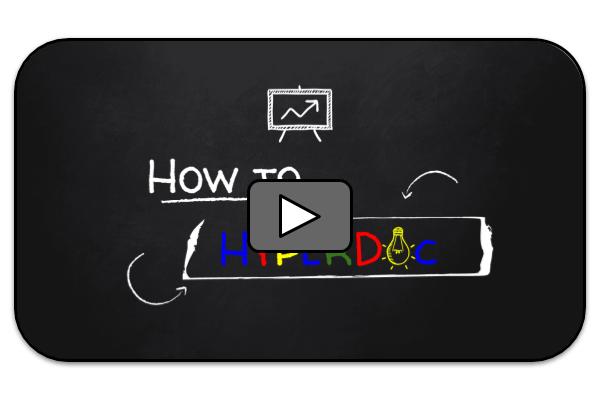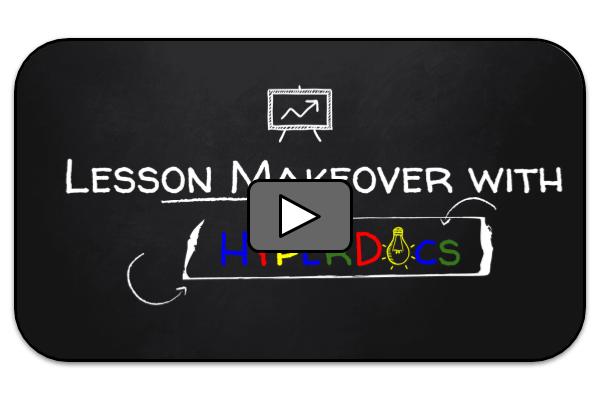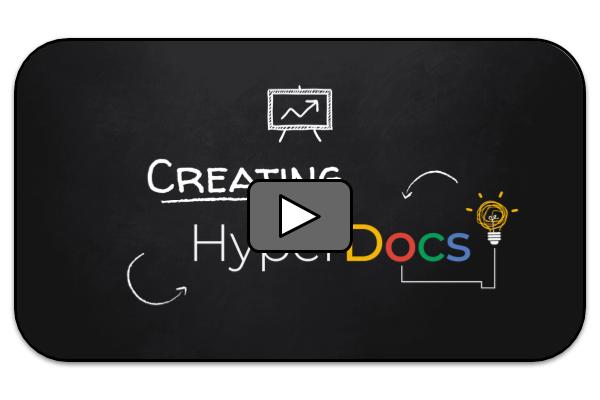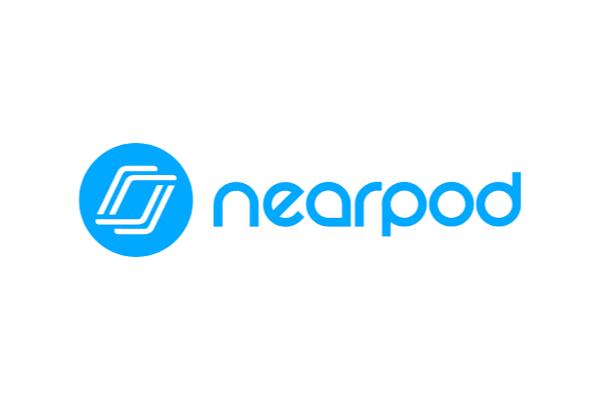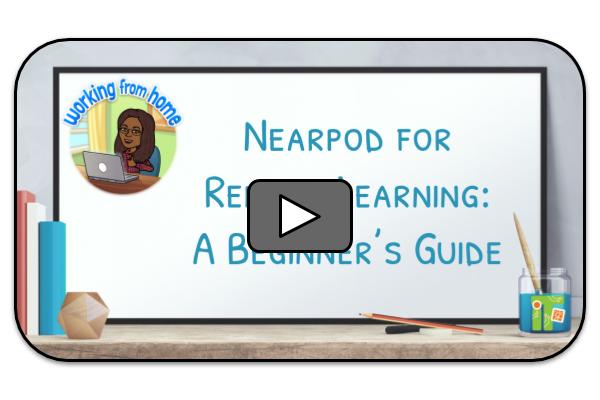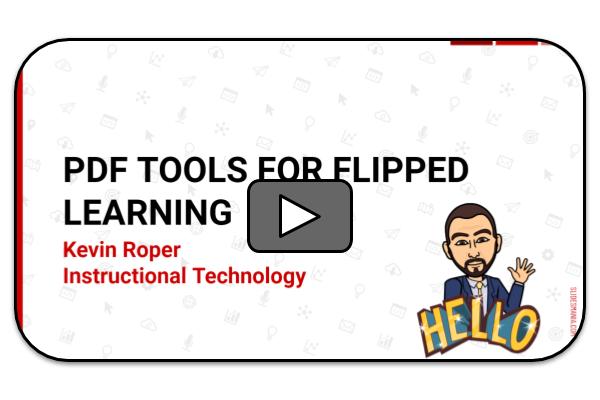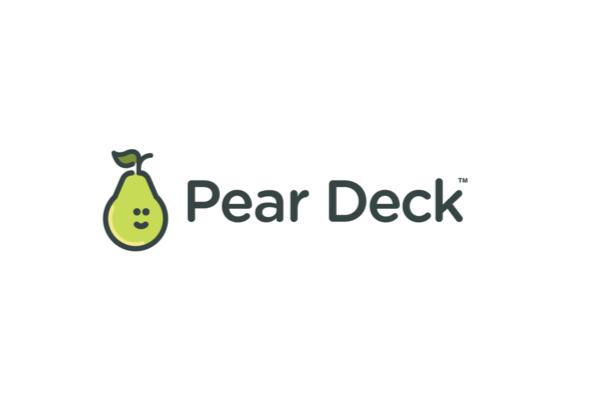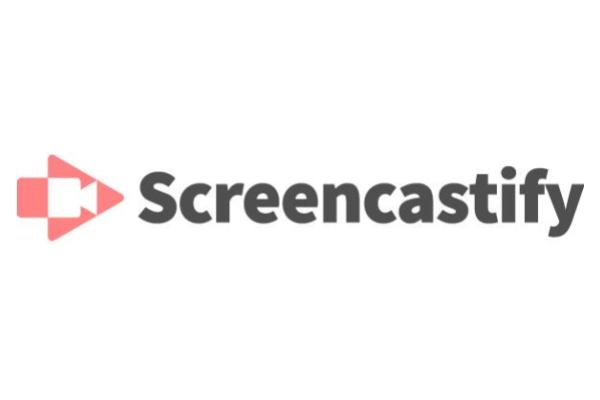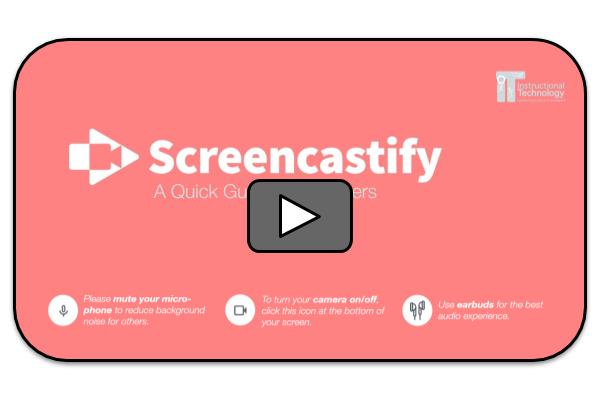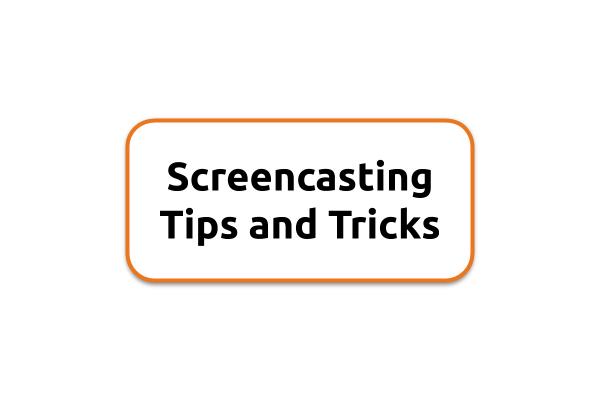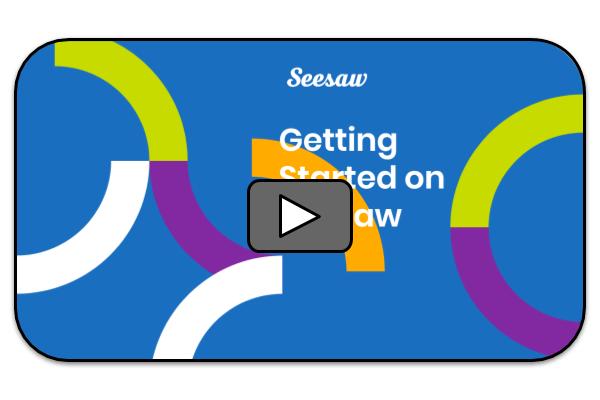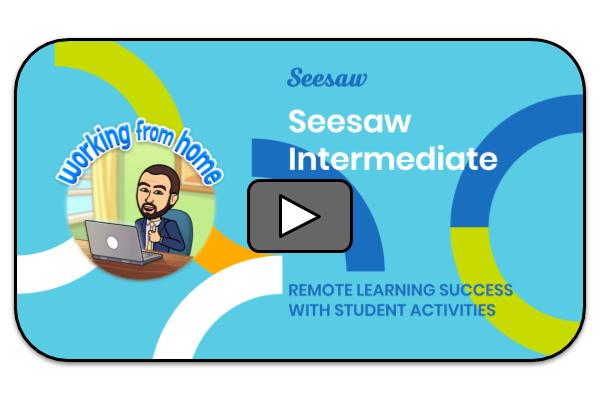Flipped Learning
Differentiating and Individualizing Instruction
Why Flipped Learning?
The Flipped Learning model allows teachers to focus face-to-face instructional time on hands-on learning activities and personalized instruction by delivering direct instruction through an online platform like Google Classroom. Flipped Learning is intentionally student-centered and is built upon four pillars – flexible environment, learning culture, intentional content, and professional educator. Please see a more detailed description of Flipped Learning from the Flipped Learning Network with indicators below.
What Is Flipped Learning?
Shifting Instruction
The Flipped Learning framework works in conjunction with the Greenville County Schools’ Instructional Protocol. “Flipping” learning allows teachers to use face-to-face instructional time for differentiating instruction and engaging students in learning activities. This is accomplished by moving direct instruction to an online format so that students are able to interact with digital content before coming to class. In many classrooms, teachers provide instruction while face-to-face and ask students to complete more homework or projects while at home. By using flipped learning, students are engaged with more demanding work while in the presence of their teacher and are able to master content at a flexible pace.
“Flipped Learning is a pedagogical approach in which direct instruction moves from the group learning space to the individual learning space, and the resulting group space is transformed into a dynamic, interactive learning environment where the educator guides students as they apply concepts and engage creatively in the subject matter.” (definition provided by The Flipped Learning Network)
Flipped learning must include the following four pillars.
The Four Pillars of F-L-I-P™

Flexible Environment
Flipped Learning allows for a variety of learning modes. In the same way that educators often rearrange their learning spaces physically to support group work or independent study during a particular lesson or unit, Flipped Learning should provide flexible spaces in which students choose when and where they learn. Furthermore, educators who flip their classes are flexible in their expectations of student timelines for learning and in their assessments of student learning.
Indicators for flexible environment:
- F.1 - I establish spaces and time frames that permit students to interact and reflect on their learning as needed.
- F.2 - I continually observe and monitor students to make adjustments as appropriate.
- F.3 - I provide students with different ways to learn content and demonstrate mastery.
Learning Culture
In the traditional instructional delivery model, the teacher is the primary source of information. By contrast, the Flipped Learning model deliberately shifts instruction to a learner-centered approach, where class time is dedicated to exploring topics in greater depth and creating rich learning opportunities. As a result, students are actively involved in knowledge construction as they participate in and evaluate their learning in a manner that is personally meaningful.
- L.1 - I give students opportunities to engage in meaningful activities without the teacher being central.
- L.2 - I scaffold these activities and make them accessible to all students through differentiation and feedback.


Intentional Content
Flipped Learning educators continually think about how they can use the Flipped Learning model to help students develop conceptual understanding, as well as procedural fluency. They determine what they need to teach and what materials students should explore on their own. Educators use intentional content to maximize classroom time in order to adopt methods of student-centered, active learning strategies depending on grade level and subject matter.
- I.1 - I prioritize concepts used in direct instruction for learners to access on their own.
- I.2 - I create and/or curate relevant content (typically videos) for my students.
- I.3 - I differentiate to make content accessible and relevant to all students.
Professional Educator
The role of a professional educator is even more important, and often more demanding, in a Flipped Learning classroom than in a traditional one. During class time, they continually observe their students, provide them with feedback relevant in the moment, and assess their work. Professional educators are reflective in their practice, connect with each other to improve their instruction, accept constructive criticism, and tolerate controlled chaos in their classrooms. While professional educators take on less visibly prominent roles in a flipped classroom, they remain the essential ingredient that enables Flipped Learning to occur.
- P.1 - I make myself available to all students for individual, small group, and class feedback in real time as needed.
- P.2 - I conduct ongoing formative assessments during class time through observation and by recording data to inform future instruction.
- P.3 - I differentiate to make content accessible and relevant to all students.

How Do I Flip Learning?
Tutorials
*You must be signed in with your GCS Google account to view*
